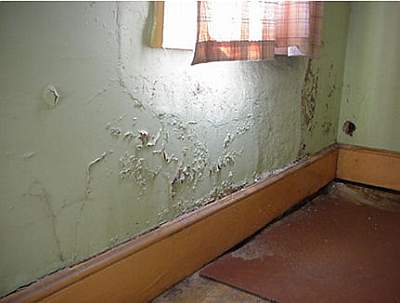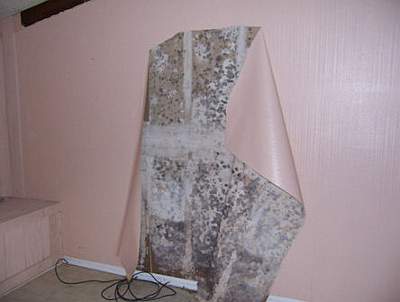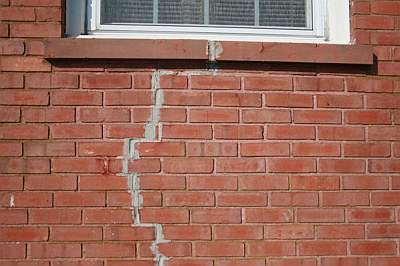Damp Patches?
Unsightly damp patches on walls, floors and ceiling do not automatically mean you have a leak.
Common causes of dampness –
– Blocked rain water and foul drains, leaking cold water mains – Labtech ® report: we chemically analysis samples of damp wall, we do this without damage and destruction. Our salts and nitrates analysis will confirm the presence of chlorine (mains cold water), rising damp, foul water drain and/or rain water.
– Leak on water mains – if you have an incoming potable mains water supply buried in concrete, please check your water meter if you have one. If your water continues to spin when no water is being used, you probably have a leak. Firstly check your wc cistern is not filling up, your washing machine or dishwasher are not on, cold water storage cistern and/or central heating feed and expansion cistern in the loft are not filling or leaking water via the overflow pipe. Also check the ball valve in the wc cistern is not leaking, most modern wc cisterns have an internal overflow, this means that if a ball valve inside the cistern is faulty and is leaking, it will leak/drip water into the inside of the wc bowl.
– Combination or System boilers – if the boiler is losing pressure, in the first instance, we recommend you get the boiler manufacturers engineer to inspect the boiler for leaks. Common boiler problems include faulty or defective pressure relief valves, faulty expansion vessels and cracked/split heat exchangers (normally these are tiny hairline cracks)
Moisture Map® Survey of the above wall identified water ingress due rising damp
Moisture Map® Survey which included a Humidity test showed excessive levels of moisture leading to condensation. Humidity levels in excess of 70% will allow mold spores which are everywhere to start to formulate and grow. In this instance, after a flood the home was not dried out appropriately as corners were cut to save money.
Channel 4 Sarah Beeny “Help My House is Falling Down” – The Old Bakery
We were asked to identify a hidden leak on a modern extension which was added onto the back of a 18th Century Bakery. There were no visible signs of defective brick work.
Our engineers used a High Pressure Hot Water Jetter to soak the area of brick work where there may have been a leak, we then carried out a Moisture Map® Survey to trace the patterns of water ingress using a Thermal Imaging Camera. The Thermal Camera followed the hot water as it entered the defective brick work, the defective area was then marked ready for remedial action to make good.



